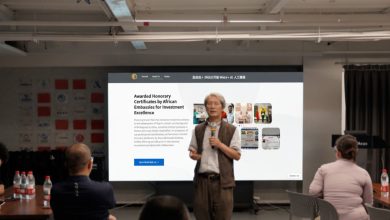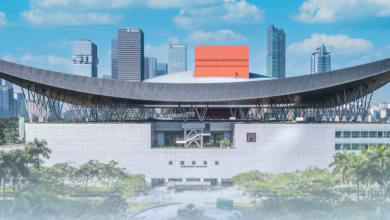
Shenzhen Air Quality: What You Need to Know as a Visitor
Shenzhen, China’s tech and innovation hub, is known for its modern skyline, green spaces, and coastal location. But like many major cities, air quality can be a concern for visitors—especially those sensitive to pollution.
This guide covers Shenzhen’s air quality trends, health tips, and how to stay informed during your stay. Whether you’re traveling for business or leisure, understanding the local environment will help you plan a healthier trip.
1. Shenzhen’s Air Quality Overview
🌫️ How Bad is the Air Pollution in Shenzhen?
- Shenzhen generally has better air quality than northern Chinese cities (e.g., Beijing, Shanghai).
- Primary pollutants:
- PM2.5 (fine particulate matter from vehicles, construction, industry)
- Ozone (O₃) (higher in summer due to sunlight and emissions)
- Best seasons: Autumn (Oct-Nov) & Spring (Mar-Apr) – Lower pollution, cooler temps.
- Worst seasons: Winter (Dec-Feb) – Higher PM2.5 due to stagnant air and regional pollution drift.
📊 Air Quality Index (AQI) Trends
| AQI Level | Health Impact | Common in Shenzhen? |
|---|---|---|
| 0-50 (Good) | Minimal risk | Rare, mostly after heavy rain/wind |
| 51-100 (Moderate) | Acceptable | Frequent in spring/autumn |
| 101-150 (Unhealthy for Sensitive Groups) | Caution for asthma/heart patients | Occasional in winter |
| 151+ (Unhealthy/ Hazardous) | Avoid outdoor activity | Rare, mostly during sandstorms |
Source: Historical data from AQICN.org & Shenzhen EPA
2. Real-Time Air Quality Monitoring
📱 Best Apps & Websites for Checking AQI
✔ AQICN (https://aqicn.org) – Live AQI map with hourly updates.
✔ AirVisual (by IQAir) – Forecasts and health recommendations.
✔ WeChat Mini-Programs (深圳天气, 空气质量发布) – Local govt. data.
📍 Pollution Hotspots vs. Cleaner Areas
- Higher pollution:
- Downtown Futian/Luohu (heavy traffic, construction).
- Near industrial zones (Bao’an, Longgang).
- Cleaner areas:
- Dapeng Peninsula (coastal, less urbanized).
- Shenzhen Bay Park & Wutong Mountain (greenery helps filter air).
3. Health Tips for Visitors
😷 When Should You Wear a Mask?
- AQI > 100: Sensitive groups (asthma, allergies) should consider an N95/KF94 mask.
- AQI > 150: Everyone should limit outdoor exposure.
🌿 Other Precautions
✔ Stay indoors on high-pollution days (use air purifiers if available).
✔ Shower after long outdoor exposure (removes pollutants from skin/hair).
✔ Hydrate more – Helps flush out toxins.
🏨 Choosing a Hotel with Clean Air
- Look for hotels with:
- Air purifiers in rooms (common in 4-5 star hotels).
- Windows that seal properly (reduces indoor pollution).
- Best areas: Nanshan (near the coast), Shekou (less traffic).
4. How Shenzhen is Improving Air Quality
🌱 Government Measures
- Strict vehicle emissions controls (promoting EVs, banning high-pollution trucks).
- Green spaces expansion (Shenzhen has 40%+ green cover).
- Factory relocation (moving heavy industry outside the city).
📉 Long-Term Trends
- PM2.5 levels dropped ~30% since 2015 (data from Shenzhen EPA).
- Still, occasional haze drifts from Guangdong factories or northern China.
5. FAQs for Travelers
❓ Is Shenzhen’s air safe for children/elderly?
- Generally yes, but check AQI daily. Avoid parks on AQI >120 days.
❓ Do I need to bring an air purifier?
- Most high-end hotels have them, but portable purifiers help for budget stays.
❓ How does Shenzhen compare to Hong Kong?
- Hong Kong has slightly cleaner air (less industry, more ocean winds).





